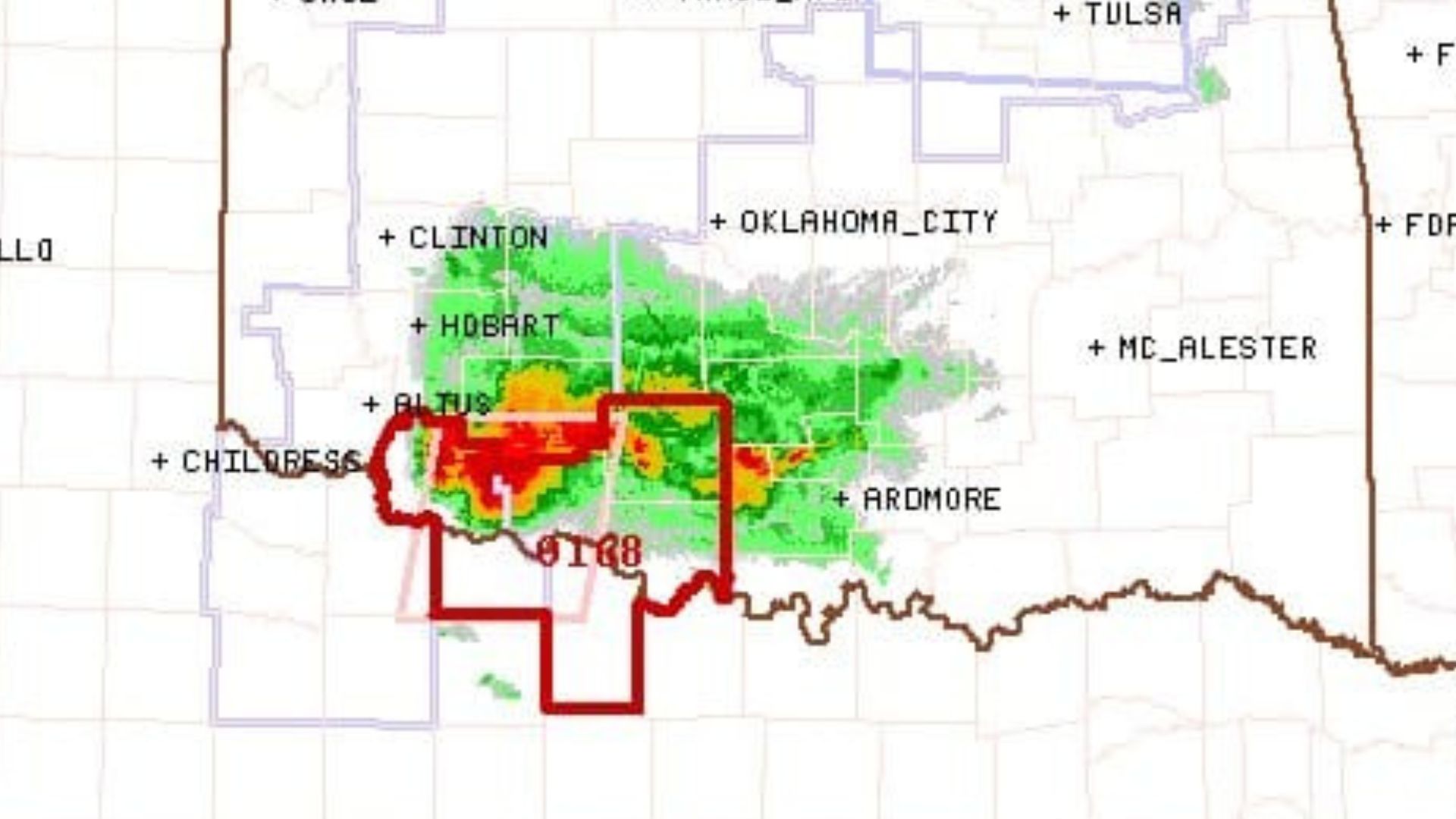IJMS, Vol. 24, Pages 4299: Analysis of the Localization of Schizosaccharomyces pombe Glucan Synthases in the Presence of the Antifungal Agent Caspofungin
International Journal of Molecular Sciences doi: 10.3390/ijms24054299
Authors: Esther San-Quirico M. Ángeles Curto Laura Gómez-Delgado M. Belén Moreno Pilar Pérez Juan Carlos Ribas Juan Carlos G. Cortés
In recent years, invasive fungal infections have emerged as a common source of infections in immunosuppressed patients. All fungal cells are surrounded by a cell wall that is essential for cell integrity and survival. It prevents cell death and lysis resulting from high internal turgor pressure. Since the cell wall is not present in animal cells, it is an ideal target for selective invasive fungal infection treatments. The antifungal family known as echinocandins, which specifically inhibit the synthesis of the cell wall β(13)glucan, has been established as an alternative treatment for mycoses. To explore the mechanism of action of these antifungals, we analyzed the cell morphology and glucan synthases localization in Schizosaccharomyces pombe cells during the initial times of growth in the presence of the echinocandin drug caspofungin. S. pombe are rod-shaped cells that grow at the poles and divide by a central division septum. The cell wall and septum are formed by different glucans, which are synthesized by four essential glucan synthases: Bgs1, Bgs3, Bgs4, and Ags1. Thus, S. pombe is not only a perfect model for studying the synthesis of the fungal β(1-3)glucan, but also it is ideal for examining the mechanisms of action and resistance of cell wall antifungals. Herein, we examined the cells in a drug susceptibility test in the presence of either lethal or sublethal concentrations of caspofungin, finding that exposure to the drug for long periods at high concentrations (>10 µg/mL) induced cell growth arrest and the formation of rounded, swollen, and dead cells, whereas low concentrations (<10 µg/mL) permitted cell growth with a mild effect on cell morphology. Interestingly, short-term treatments with either high or low concentrations of the drug induced effects contrary to those observed in the susceptibility tests. Thus, low drug concentrations induced a cell death phenotype that was not observed at high drug concentrations, which caused transient fungistatic cell growth arrest. After 3 h, high concentrations of the drug caused the following: (i) a decrease in the GFP-Bgs1 fluorescence level; (ii) altered locations of Bgs3, Bgs4, and Ags1; and (iii) a simultaneous accumulation of cells with calcofluor-stained incomplete septa, which at longer times resulted in septation uncoupling from plasma membrane ingression. The incomplete septa revealed with calcofluor were found to be complete when observed via the membrane-associated GFP-Bgs or Ags1-GFP. Finally, we found that the accumulation of incomplete septa depended on Pmk1, the last kinase of the cell wall integrity pathway.

 1 year ago
22
1 year ago
22


